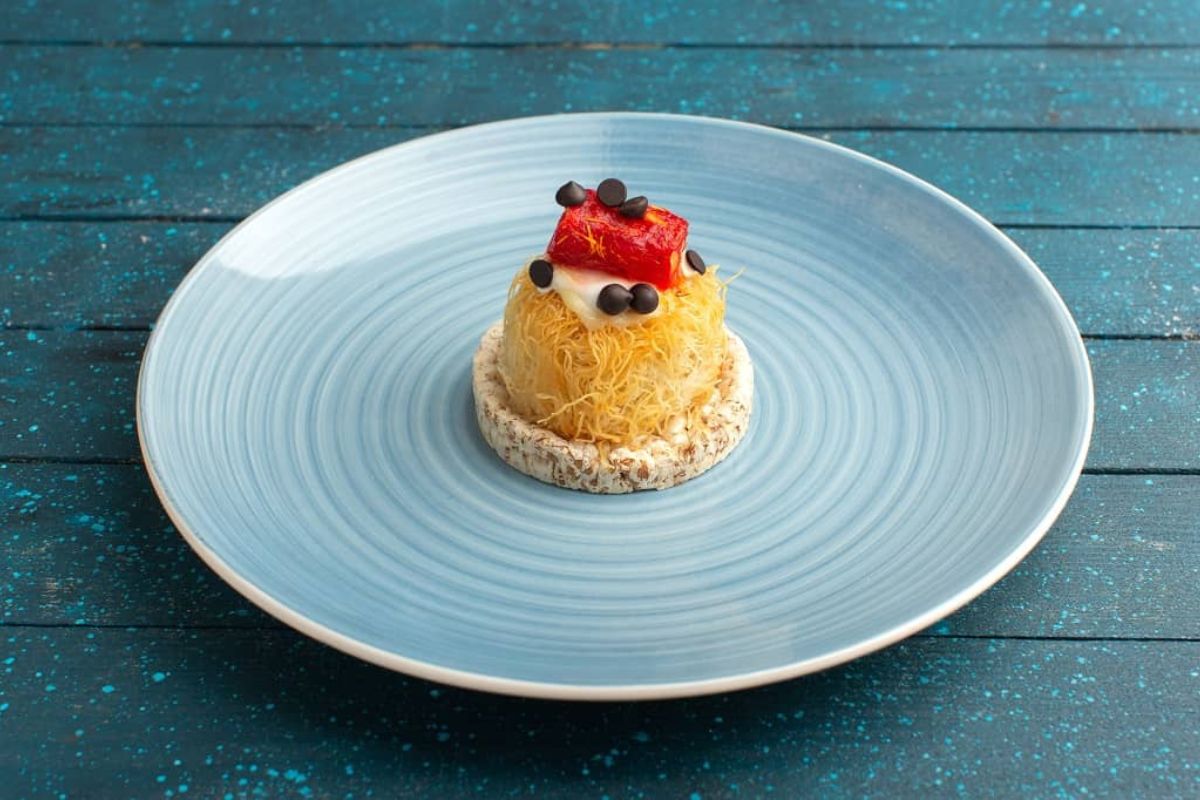

Tableware
What Size Is A Dessert Plate?
Modified: January 4, 2024
Discover the perfect tableware for your desserts with our guide. Learn about the ideal size of a dessert plate and elevate your dining experience.
(Many of the links in this article redirect to a specific reviewed product. Your purchase of these products through affiliate links helps to generate commission for Storables.com, at no extra cost. Learn more)
Introduction
When it comes to tableware, the size of the plates can make a significant difference in the overall dining experience. This is especially true when it comes to dessert plates, which are designed to showcase and serve delectable sweets and treats.
In this article, we will explore the various standard sizes of dessert plates, as well as different types of dessert plates available in the market. We will also discuss the factors to consider when choosing the right size of dessert plate and provide recommended sizes for different types of desserts.
Whether you’re hosting a dinner party, a special occasion, or simply indulging in your favorite dessert, understanding the size of a dessert plate can help you present your sweet creations in the most visually appealing and appetizing way.
So, without further ado, let’s dive into the world of dessert plates and discover the perfect size for your next sweet adventure.
Key Takeaways:
- Elevate your dessert presentation by choosing the right size of dessert plate, from small for macarons to large for decadent tiramisu. Consider factors like type of dessert and plating techniques for a visually pleasing experience.
- Experiment with porcelain, glass, stoneware, ceramic, or melamine dessert plates to enhance the aesthetic appeal of your sweet creations. From cupcakes to fruit platters, match the plate size to your dessert for an irresistible presentation.
Read more: What Size Are Charger Plates?
Standard Sizes of Dessert Plates
Dessert plates come in a variety of sizes, ranging from petite to larger options. The standard sizes of dessert plates typically fall within the following range:
- Small: 6 to 7 inches in diameter
- Medium: 8 to 8.5 inches in diameter
- Large: 9 to 10 inches in diameter
The smaller-sized dessert plates are perfect for serving single portions of bite-sized desserts or for elegant and dainty presentations. These plates are often used for specialty desserts like macarons, petit fours, or individual servings of panna cotta.
Medium-sized dessert plates offer a versatile option that can accommodate a wide range of desserts. They are ideal for serving slices of cake, portions of pie, or plated desserts that require a bit more space. These plates strike a balance between elegance and practicality.
On the other hand, larger-sized dessert plates provide ample room to showcase elaborate desserts with intricate designs and decorations. They are perfect for serving decadent desserts like tiramisu, trifle, or layered creations that require more surface area.
It’s important to note that these size ranges are general guidelines and may vary depending on the manufacturer or specific design. When purchasing dessert plates, always check the dimensions provided by the manufacturer to ensure you get the size that best suits your needs.
Now that we have an understanding of the standard sizes available, let’s explore the different types of dessert plates you can find in the market.
Different Types of Dessert Plates
Dessert plates not only come in different sizes but also in various designs, materials, and styles. Here are some popular types of dessert plates you can find:
- Porcelain Dessert Plates: Porcelain plates are a classic choice for dessert presentations. They often feature elegant designs, intricate patterns, and a smooth, fine texture. Porcelain plates add a touch of sophistication and are perfect for formal occasions.
- Glass Dessert Plates: Glass plates offer a contemporary and modern look. They come in various shapes, such as round, square, or even irregular shapes. Glass plates allow the vibrant colors and textures of the dessert to shine through, creating a visually appealing presentation.
- Stoneware Dessert Plates: Stoneware plates are known for their durability and rustic charm. They have a slightly heavier weight compared to porcelain or glass plates. Stoneware plates often feature earthy tones, natural textures, and organic designs, adding a cozy and warm touch to dessert presentations.
- Ceramic Dessert Plates: Ceramic plates offer a wide range of design possibilities. They can have a smooth, glossy finish, or a textured surface. Ceramic plates are available in various colors, patterns, and artistic designs, allowing you to showcase your desserts in a unique and creative way.
- Melamine Dessert Plates: Melamine plates are lightweight, shatter-resistant, and dishwasher-safe, making them a practical choice for outdoor gatherings or casual events. They come in a variety of vibrant colors and fun designs, adding a playful touch to your dessert table.
Each type of dessert plate has its own aesthetic appeal and can enhance the presentation of your desserts in different ways. Consider your personal style, the occasion, and the overall theme of your event when choosing the type of dessert plates that best match your preferences.
Now that we’ve explored the different types of dessert plates available, let’s move on to discussing the factors to consider when choosing the right size of dessert plate.
A standard dessert plate is typically 7-8 inches in diameter, making it smaller than a dinner plate but larger than a saucer. It is the perfect size for serving individual portions of dessert.
Factors to Consider When Choosing a Dessert Plate Size
When you set your table for a delightful dessert experience, choosing the right size of dessert plate is essential. It’s not just about presenting your sweet creations in an aesthetically pleasing manner; it’s also about practicality. To ensure your dessert plates enhance your table setting, here are some factors to consider when selecting their size:
- Type of Dessert: The type of dessert you plan to serve plays a significant role in determining the appropriate plate size. For individual portioned desserts like cupcakes or cookies, smaller plates will be suitable. For larger desserts like cheesecakes or tarts, consider using medium to large-sized plates to accommodate the dessert’s size and any accompanying sauces or garnishes.
- Presentation Style: Think about how you want to present your desserts. If you prefer an elegant and sophisticated style, smaller plates can provide a more refined presentation. On the other hand, if you want to create a visually striking display with elaborate decorations, consider using larger plates to showcase the dessert’s intricate details.
- Accompaniments: Take into account any additional elements that will be served alongside the dessert. If your dessert requires side elements like whipped cream, ice cream, or fruit, you may need a larger plate to accommodate everything without overcrowding or compromising the overall presentation.
- Plating Techniques: Consider the plating techniques you plan to use. If you want to create an artful arrangement or layered presentation, a larger plate may be necessary to allow for ample space for the dessert components and artistic touches. For more minimalistic presentations, smaller plates can provide a cleaner and more focused aesthetic.
- Dining Environment: Consider the context in which the dessert will be served. If you’re hosting a formal dinner party, opt for smaller or medium-sized plates that align with the overall table setting. For more casual gatherings, you have more flexibility in choosing the size of your dessert plates.
By considering these factors, you can select the appropriate size of dessert plates that will enhance the visual appeal of your desserts and ensure a satisfying dining experience for your guests.
Now that we’ve discussed the factors to consider, let’s move on to the recommended sizes for various types of desserts.
Recommended Sizes for Various Desserts
While there are no strict rules when it comes to choosing the size of dessert plates, there are some general guidelines that can help you determine the appropriate size for different types of desserts. Here are some recommended sizes for various desserts:
- Cupcakes and Cookies: For individual cupcakes or cookies, smaller plates ranging from 6 to 7 inches in diameter are ideal. The smaller size provides a visually pleasing proportion and allows for easy serving.
- Slices of Cake or Pie: For single slices of cake or pie, medium-sized plates ranging from 8 to 8.5 inches in diameter work well. This size offers enough space to showcase the slice and any accompanying garnishments.
- Puddings and Custards: Puddings and custards can be served in small to medium-sized ramekins, which typically range in size from 4 to 5 inches in diameter. These individual servings can be placed on a larger dessert plate for an elegant presentation.
- Tarts and Cheesecakes: Larger desserts like tarts and cheesecakes benefit from a larger plate size. Plates ranging from 9 to 10 inches in diameter provide enough space to showcase these decadent treats and any decorative elements.
- Fruit Platters or Parfaits: For desserts that involve a combination of fruits and yogurt or layers of different ingredients, consider using larger plates or bowls to accommodate the various components. Plates around 9 inches in diameter or larger can work well for these types of desserts.
Keep in mind that these are general recommendations and can vary depending on the specific presentation style and portion size of your desserts. It’s essential to consider the overall aesthetics and practicality of the presentation when selecting the size of your dessert plates.
Now that we’ve explored the recommended sizes for various desserts, let’s wrap up our discussion.
Conclusion
Choosing the right size of dessert plate is not only practical but also plays a significant role in enhancing the presentation and enjoyment of your sweet creations. Whether you’re serving small gourmands or indulging in a slice of decadent cake, the size of the dessert plate can make a difference.
We’ve explored the standard sizes of dessert plates, ranging from small to large, and discussed the different types of dessert plates available in the market. Porcelain, glass, stoneware, ceramic, and melamine are all popular options, each offering its own unique aesthetic.
When selecting the size of your dessert plate, it’s essential to consider factors such as the type of dessert, presentation style, accompaniments, plating techniques, and the dining environment. These factors can guide you in choosing the right plate size that aligns with your preferences and enhances the overall dining experience.
Furthermore, we’ve provided recommended sizes for various desserts, including cupcakes, cookies, cakes, puddings, tarts, and fruit platters. These recommendations can serve as a helpful starting point for presenting your desserts in an appealing and visually pleasing manner.
Remember, while these guidelines can be useful, feel free to experiment and get creative with the presentation of your desserts. Ultimately, the size of the dessert plate should complement the flavors, textures, and overall aesthetics of your sweet creations.
So, the next time you’re planning a dessert presentation, take some time to consider the size of the dessert plate. By choosing the right size, you can elevate the visual appeal and make your desserts even more inviting and irresistible to indulge in.
Now go ahead, select the perfect size, and let your desserts shine on beautifully proportioned dessert plates!
Frequently Asked Questions about What Size Is A Dessert Plate?
Was this page helpful?
At Storables.com, we guarantee accurate and reliable information. Our content, validated by Expert Board Contributors, is crafted following stringent Editorial Policies. We're committed to providing you with well-researched, expert-backed insights for all your informational needs.
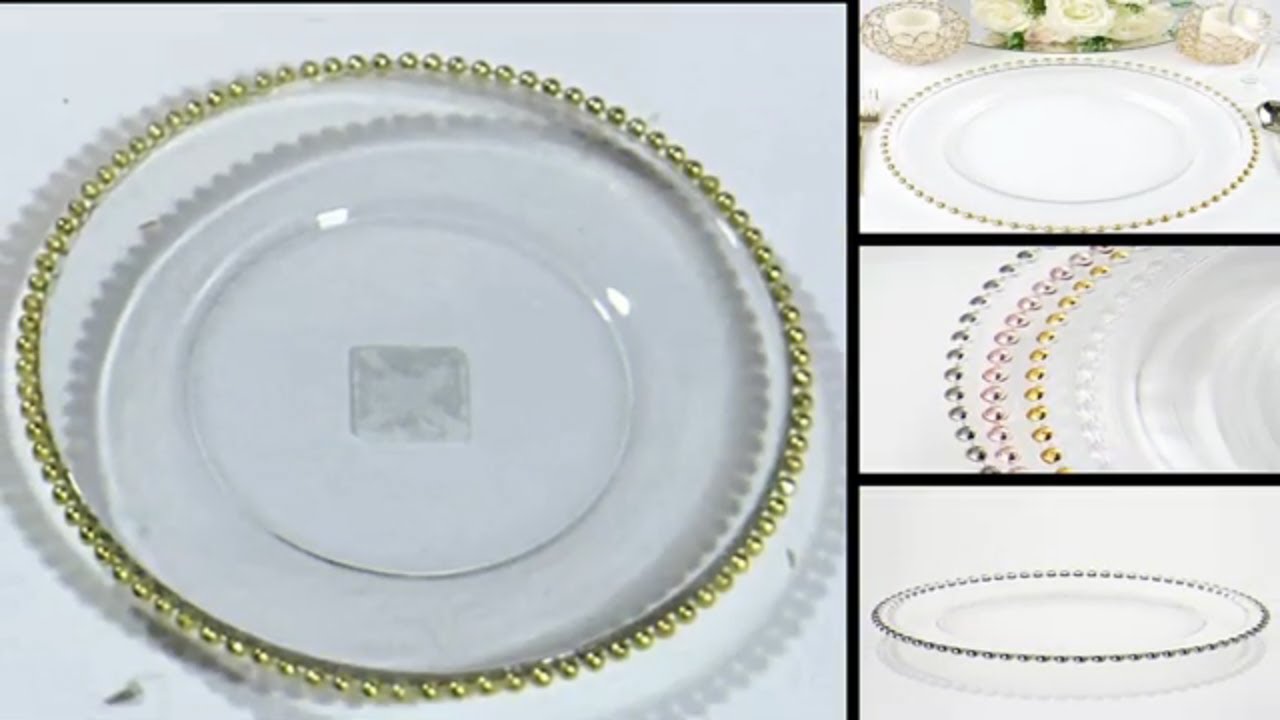
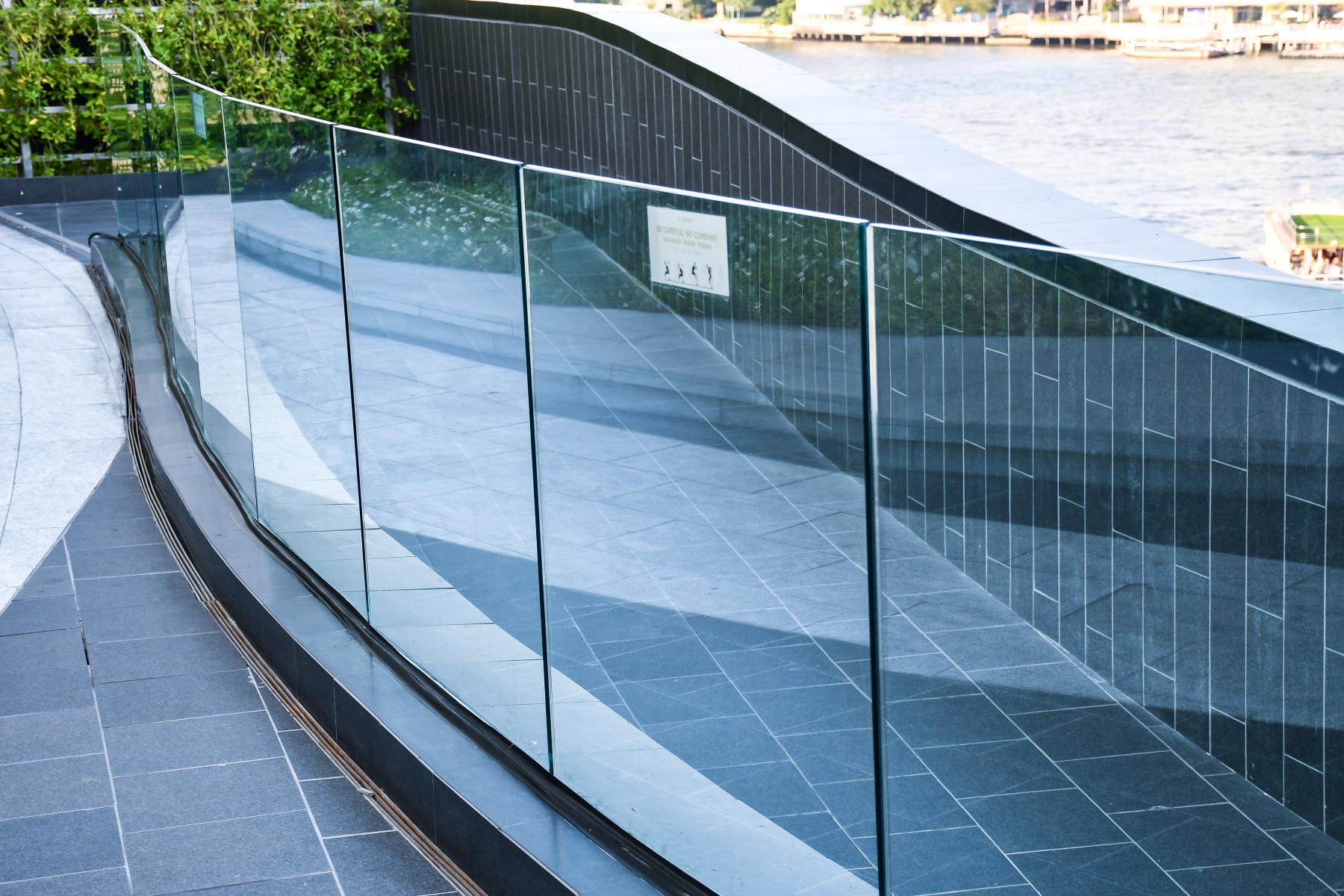
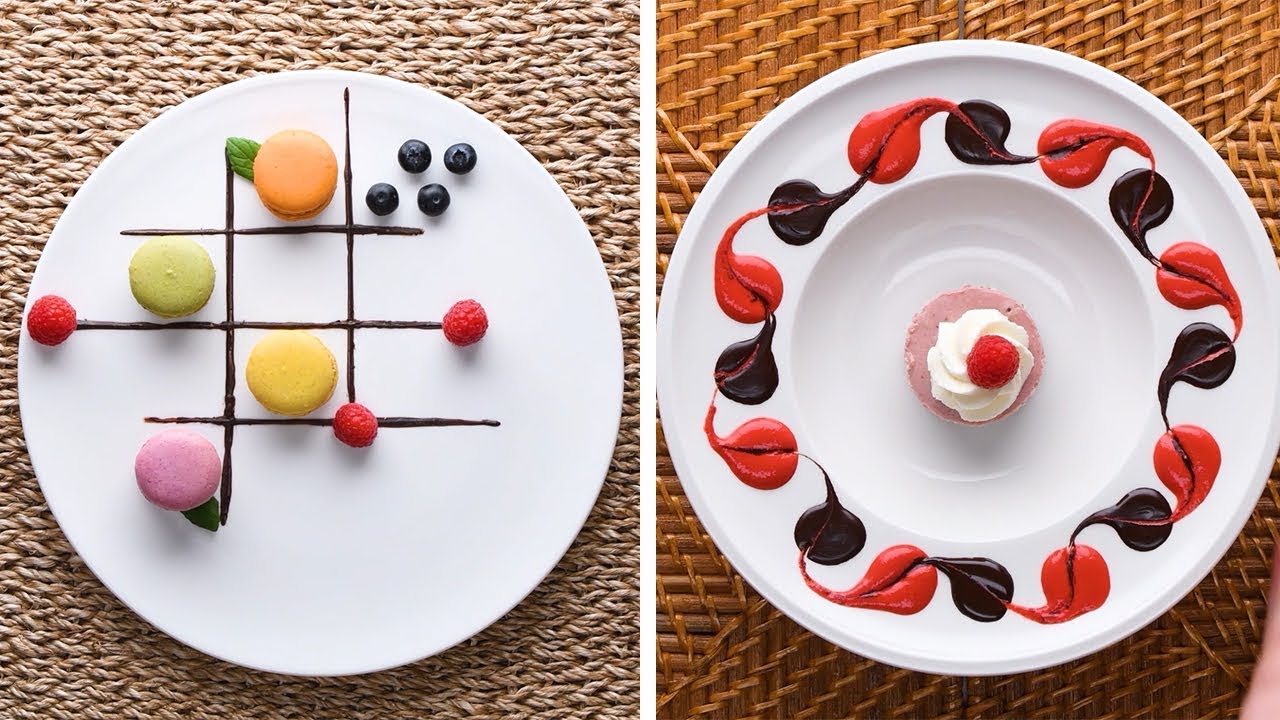
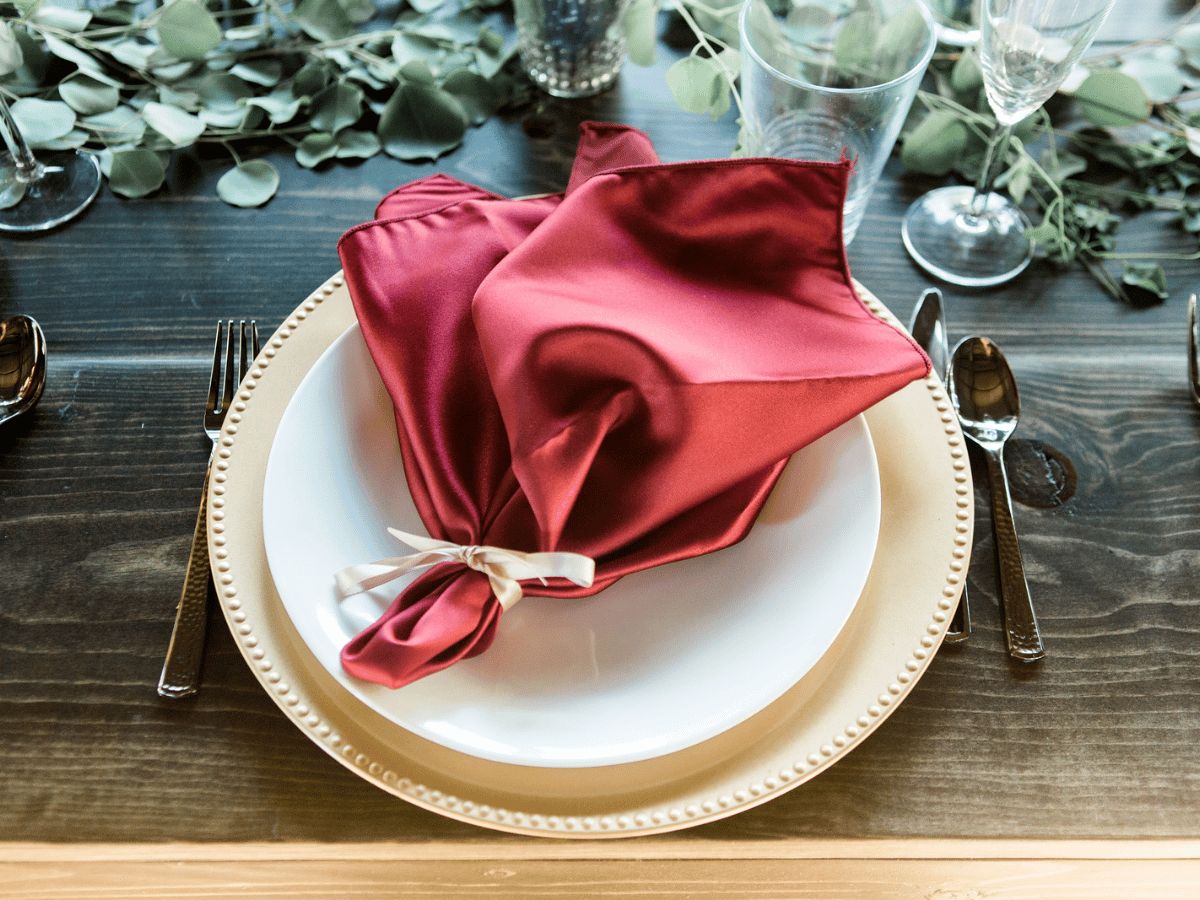
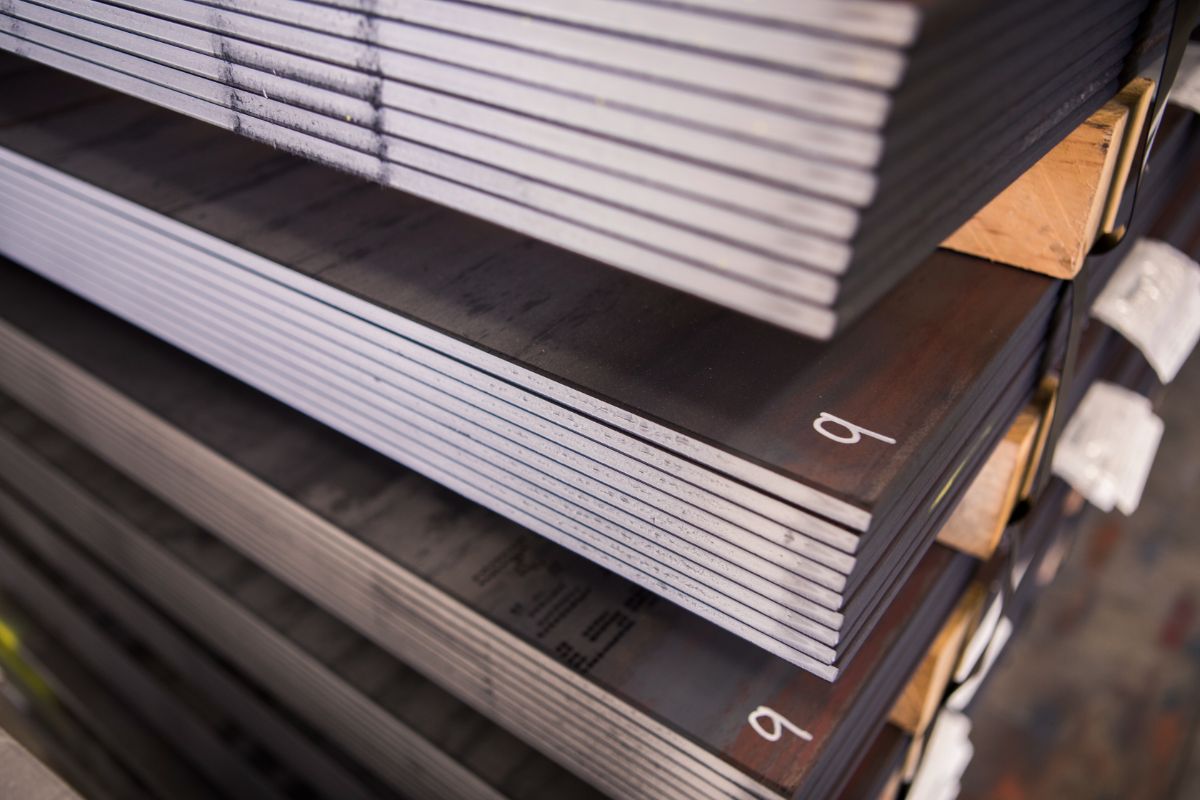
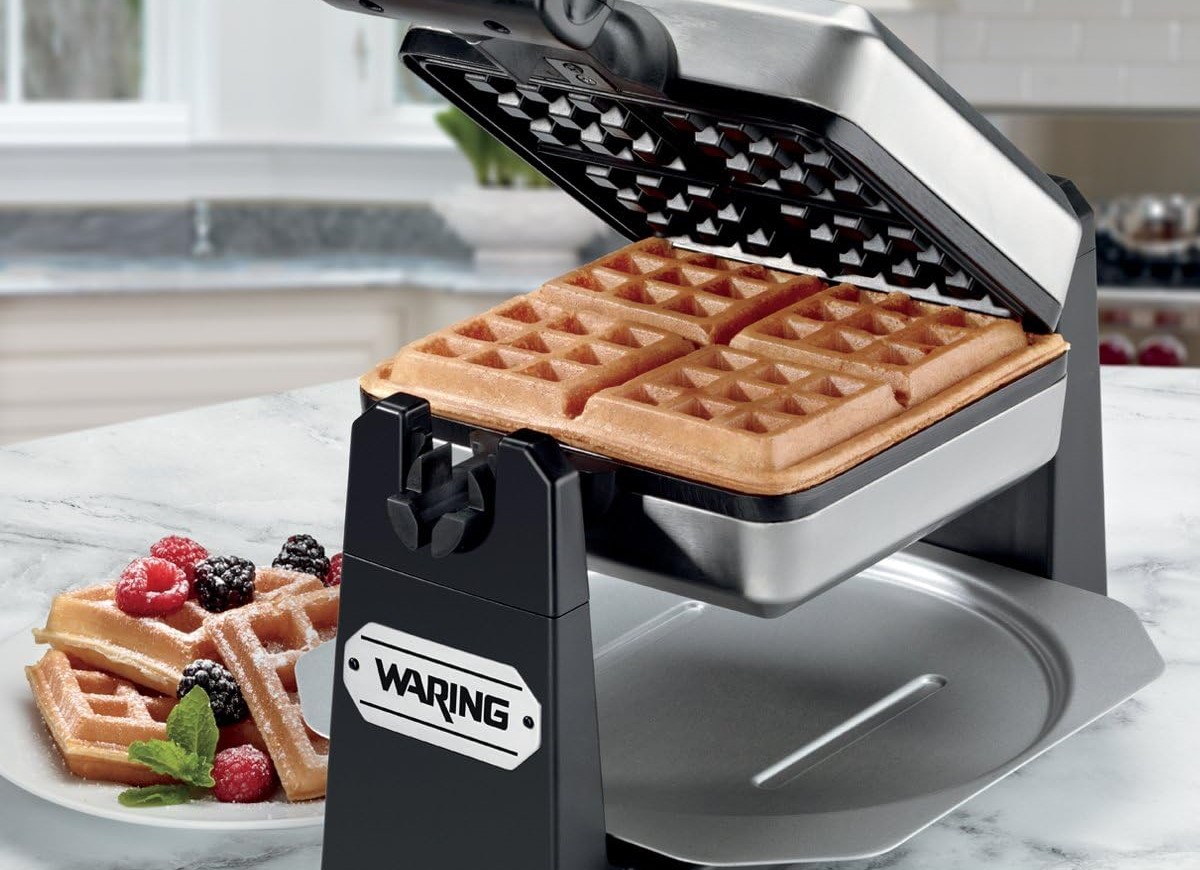
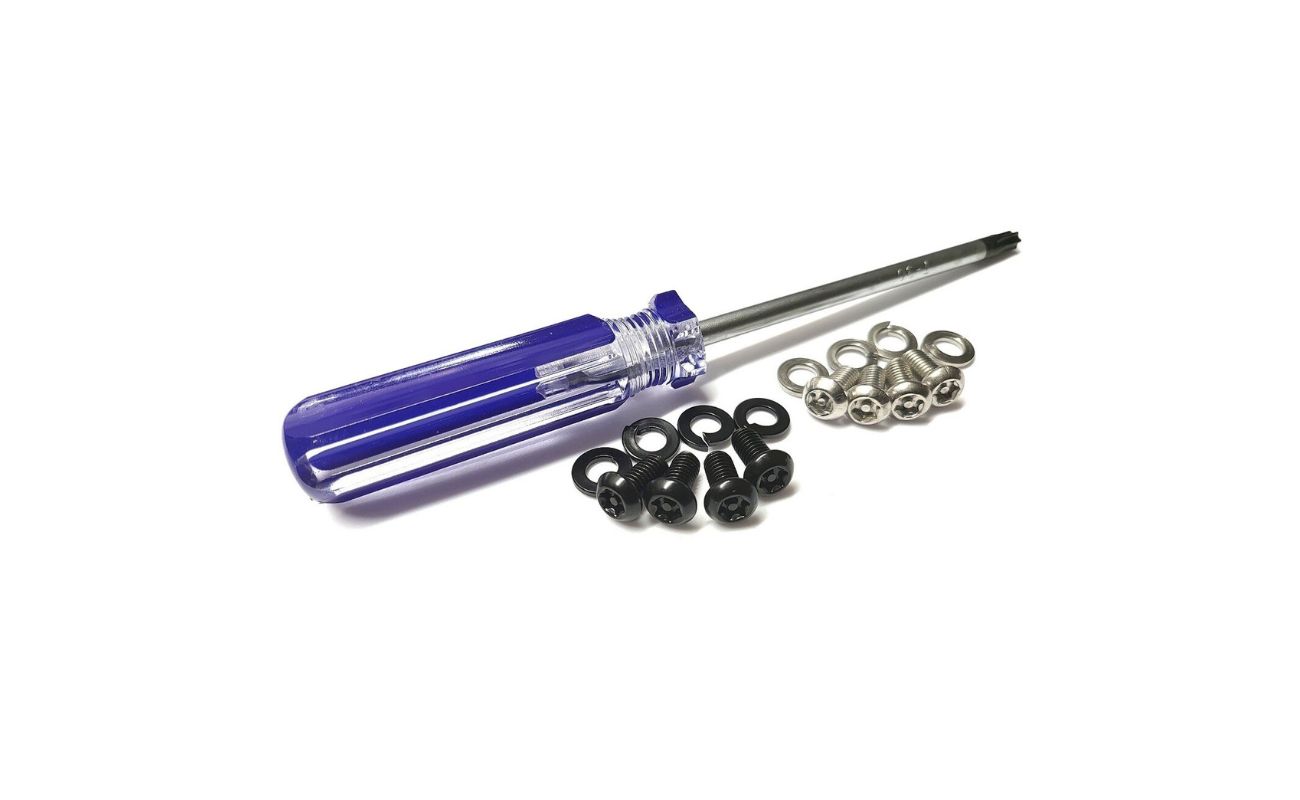
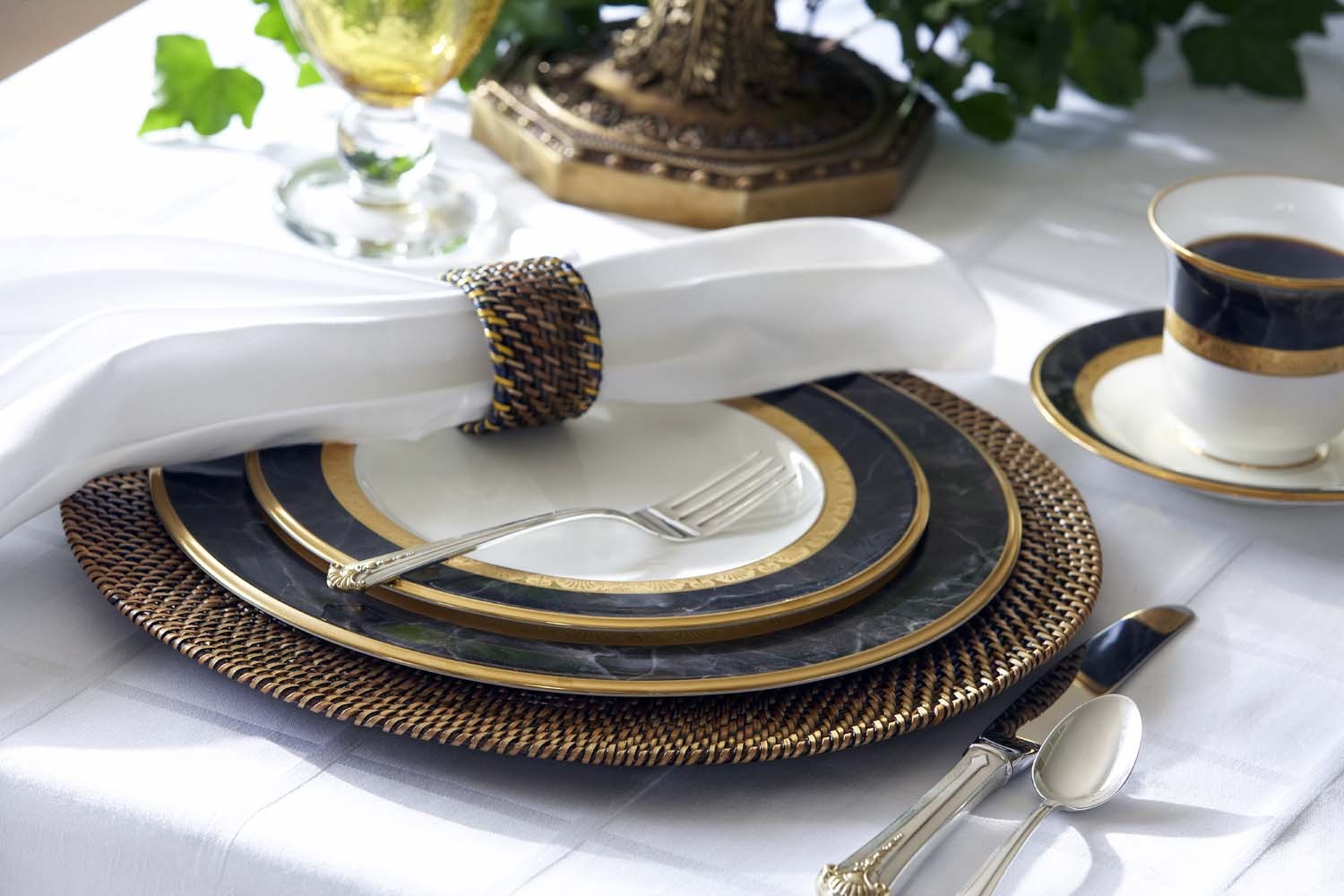
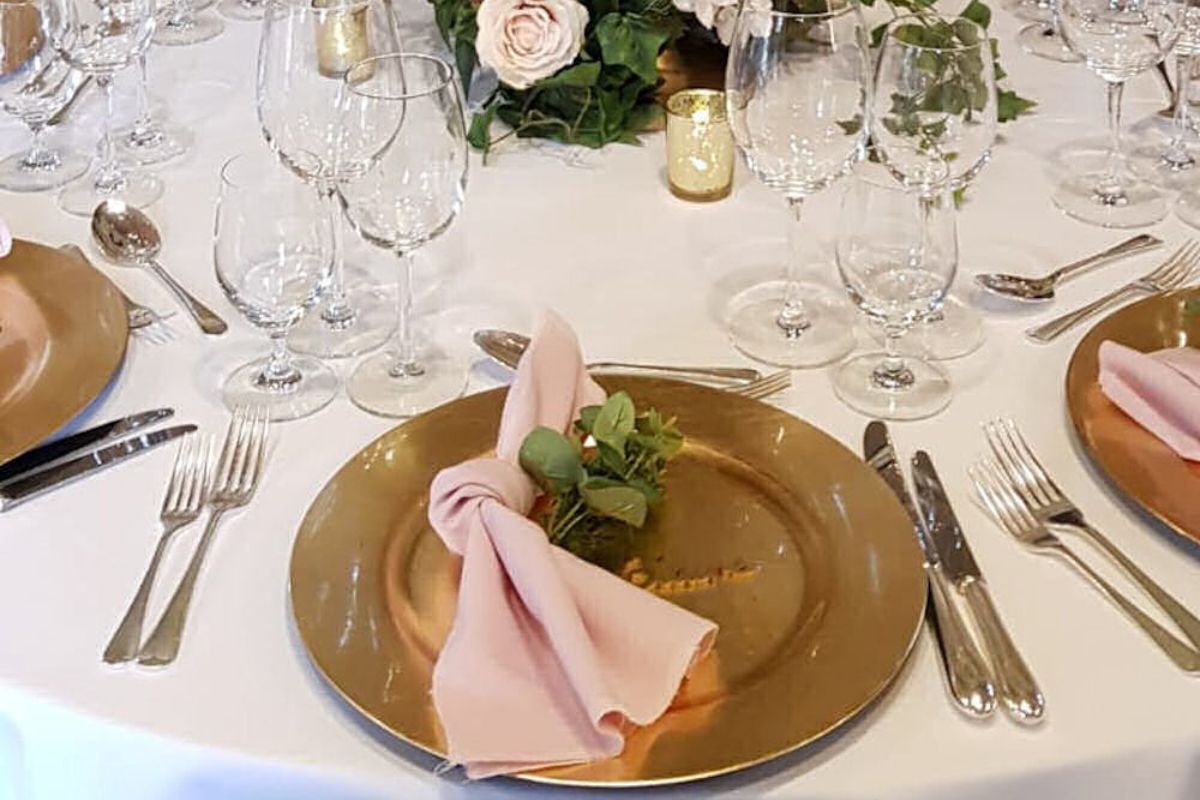
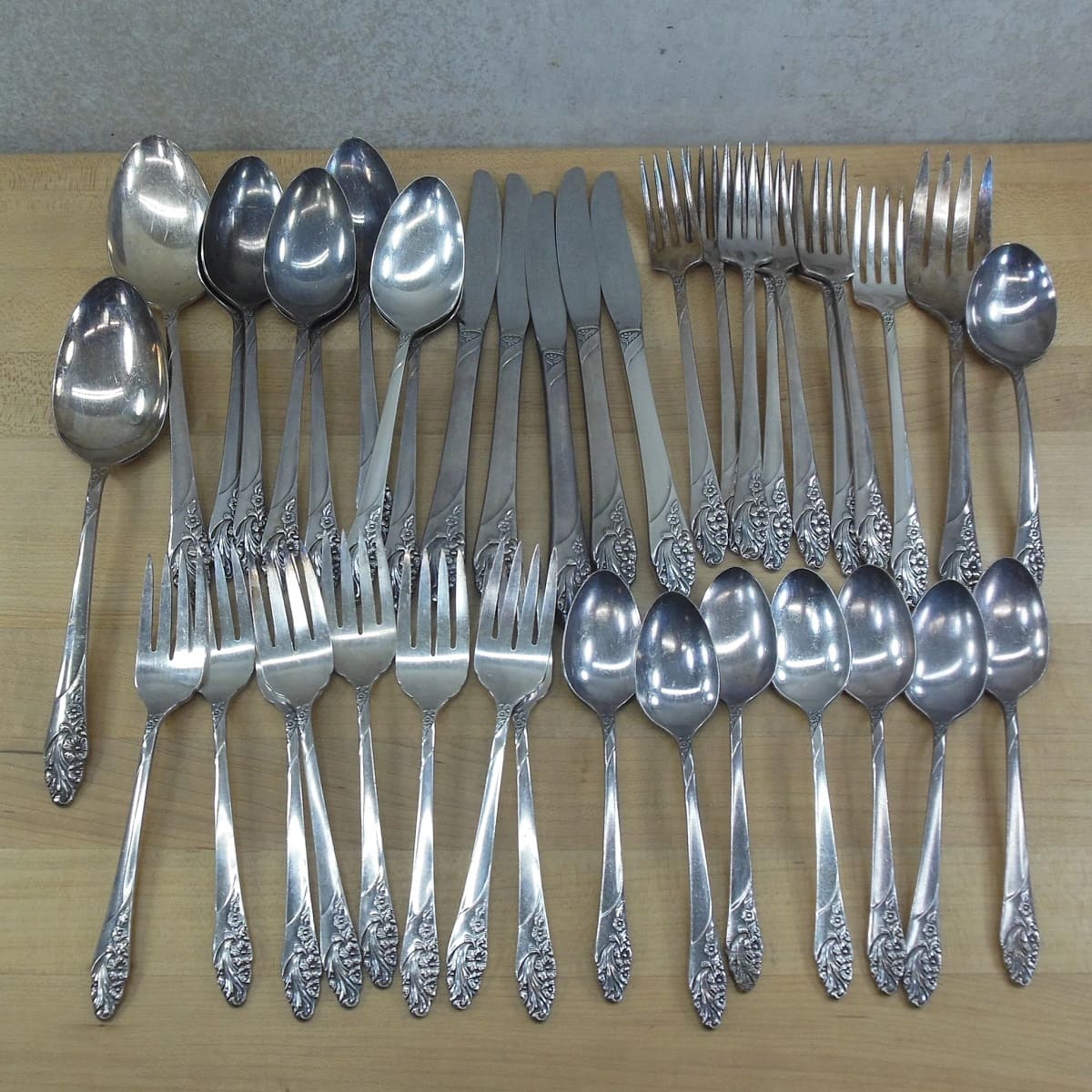
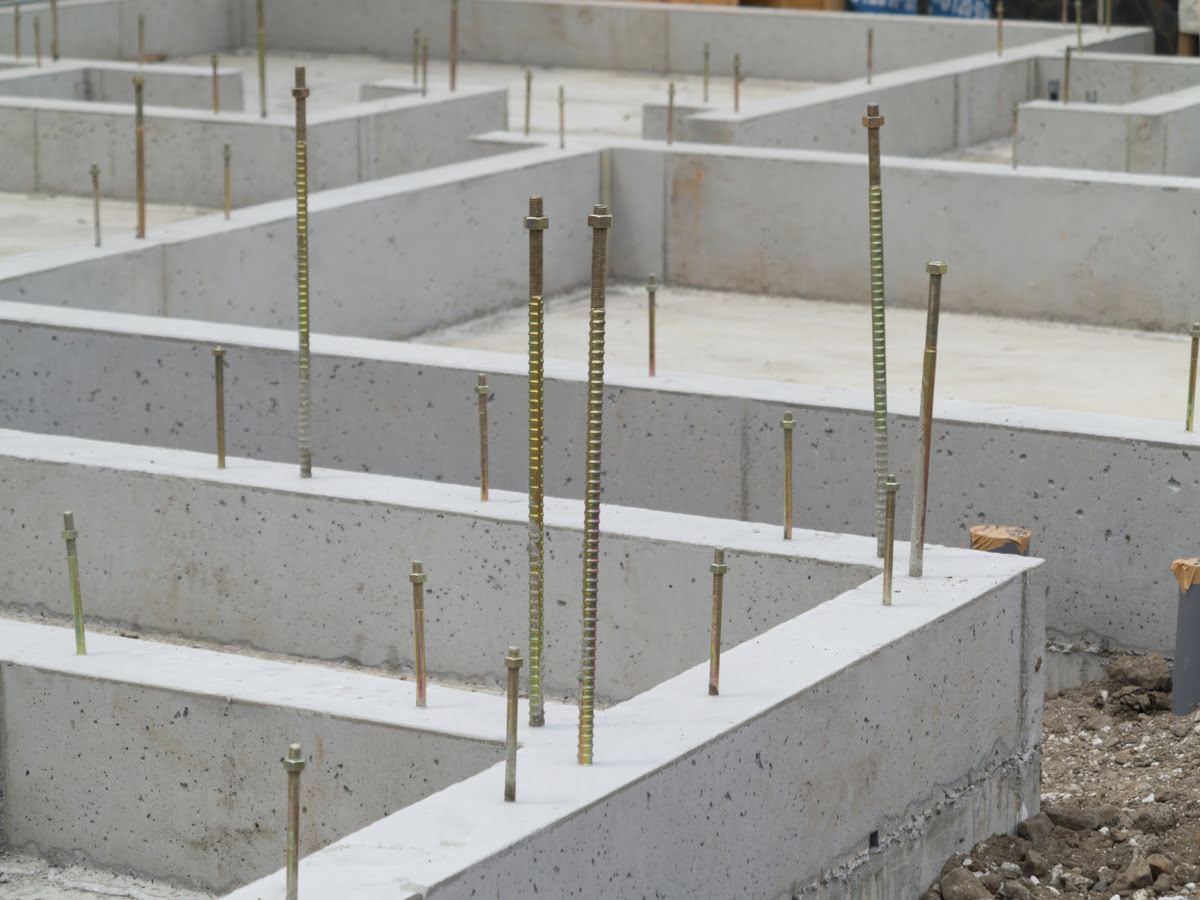
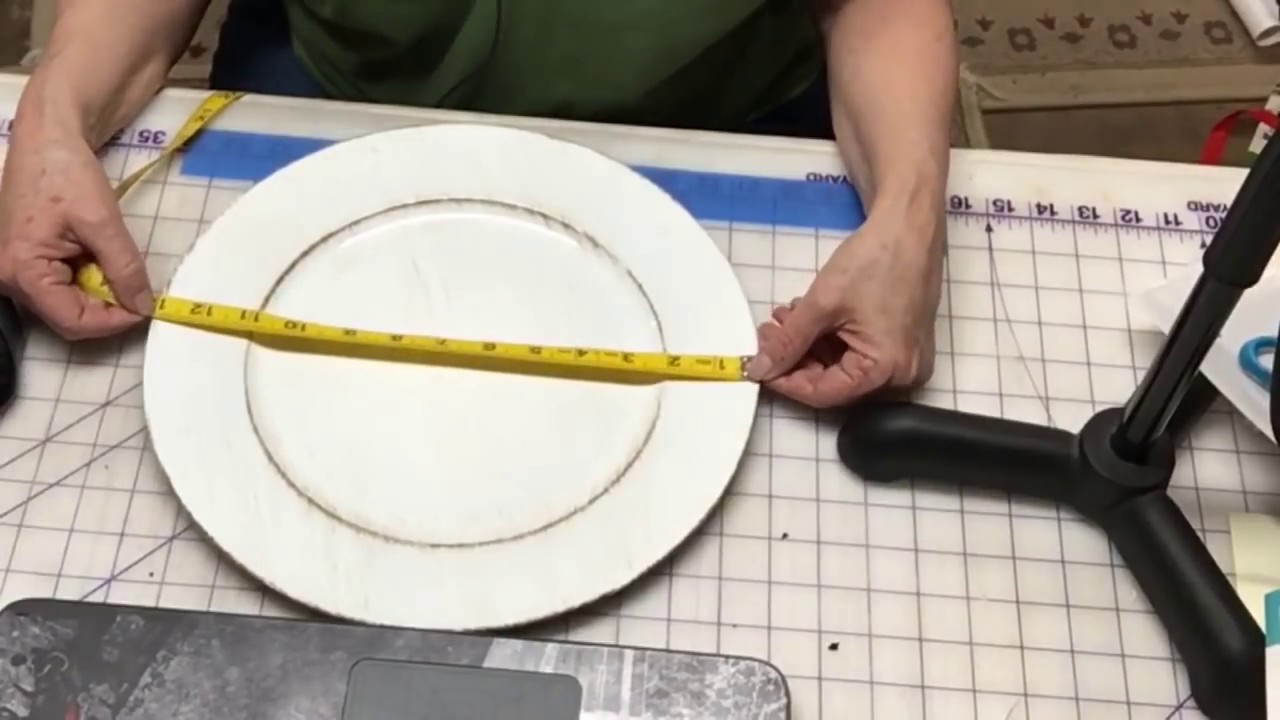
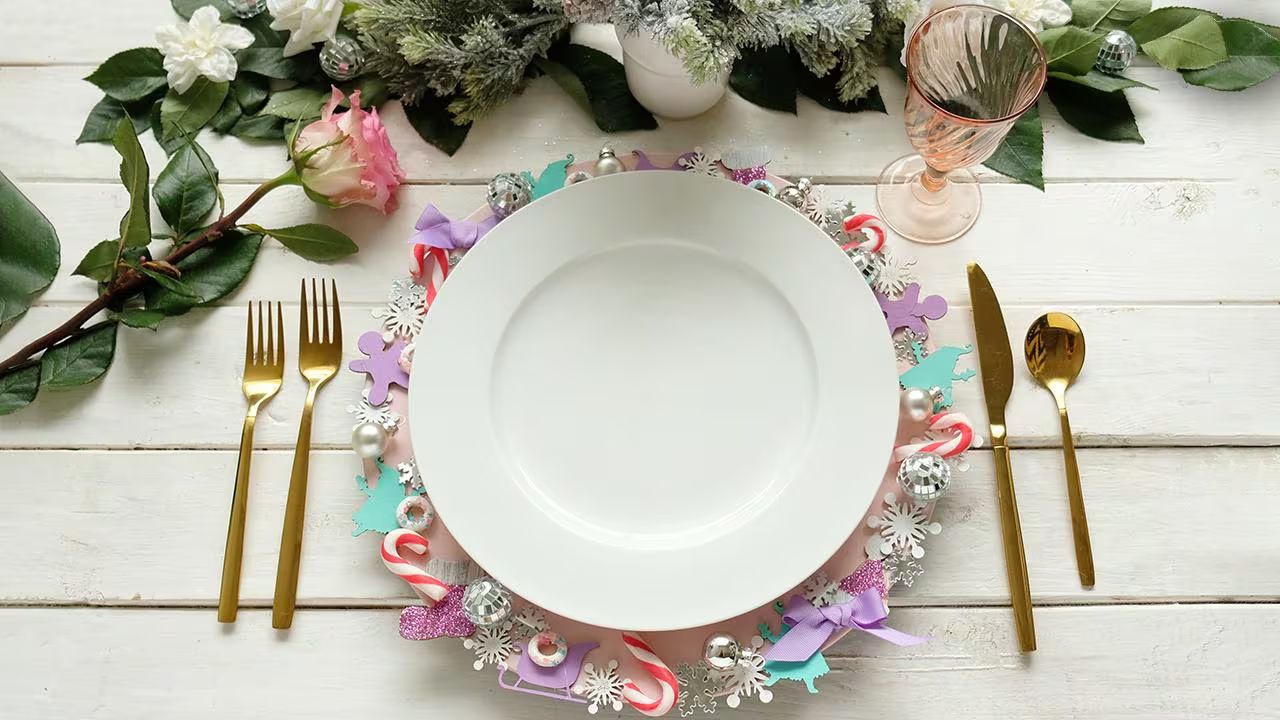
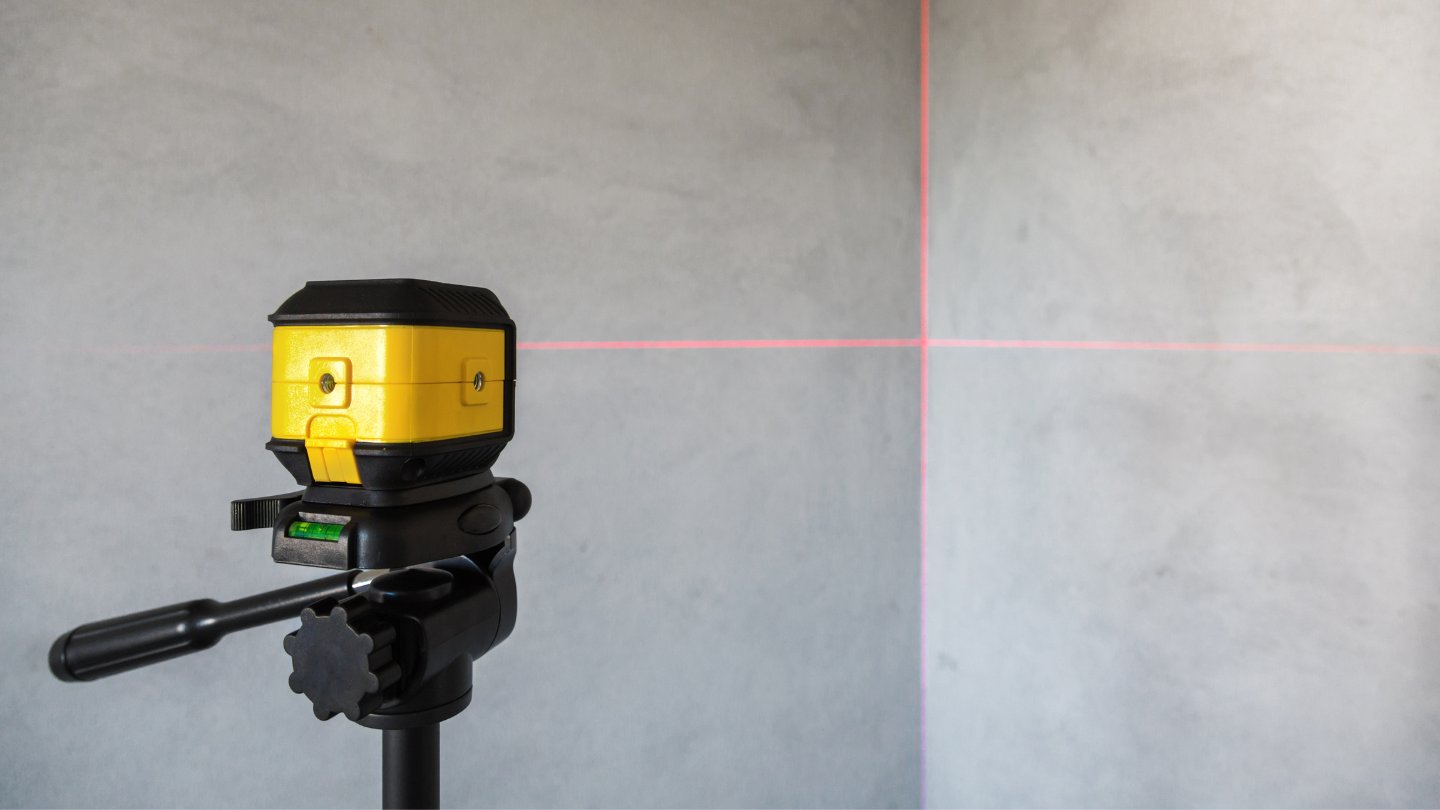

0 thoughts on “What Size Is A Dessert Plate?”